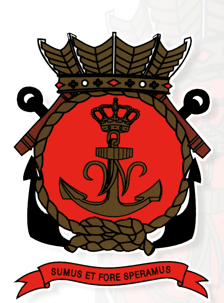|
You are not Logged in! Log in to check your messages. |

|
|
Check todays hot topics |
Web2Project Sign in
AOB - JRP

Acoustic Oceanographic Buoy Joint Research Project (AOB-JRP)
This Joint Research Project (JRP) aims at the development and validation of acoustic-oceanographic remote sensing systems and data inversion-integration methods for a reliable, rapid environmental assessment (REA) of shallow water areas. In this project, adapted and newly developed air-dropped sonobuoys will have both acoustic and oceanographic sensors sparsely distributed in depth throughout the useful portion of the water column, referred herein as the AO-buoys.
Abstract:
The proposed joint research project (JRP) aims at the development and validation
of acoustic-oceanographic remote sensing systems and data inversion-integration methods
for the reliable, rapid environmental assessment (REA) of shallow water areas.
In this project, adapted and newly developed air-dropped sonobuoys will have both
acoustic and oceanographic sensors sparsely distributed in depth throughout the
useful portion of the water column, referred herein as the AO-buoys. The collected
data will be transmitted online to a processing platform that will integrate acoustic
and oceanographic information in order to produce a verifiable and consistent
parameterised image of the area under consideration. In an operational scenario,
the resulting environmental parameters, combined with concurrent oceanographic
measurements are (a) used in propagation models to predict conventional sonar
performance, (b) exploited by environmentally-adaptive sonar systems to enhance
their detection, localisation and classification capabilities and (c) used to
initialise and calibrate high-resolution ocean models for nowcast and short-term
forecast (say, up to 24 hours) of the environmental conditions in the area of
interest.




